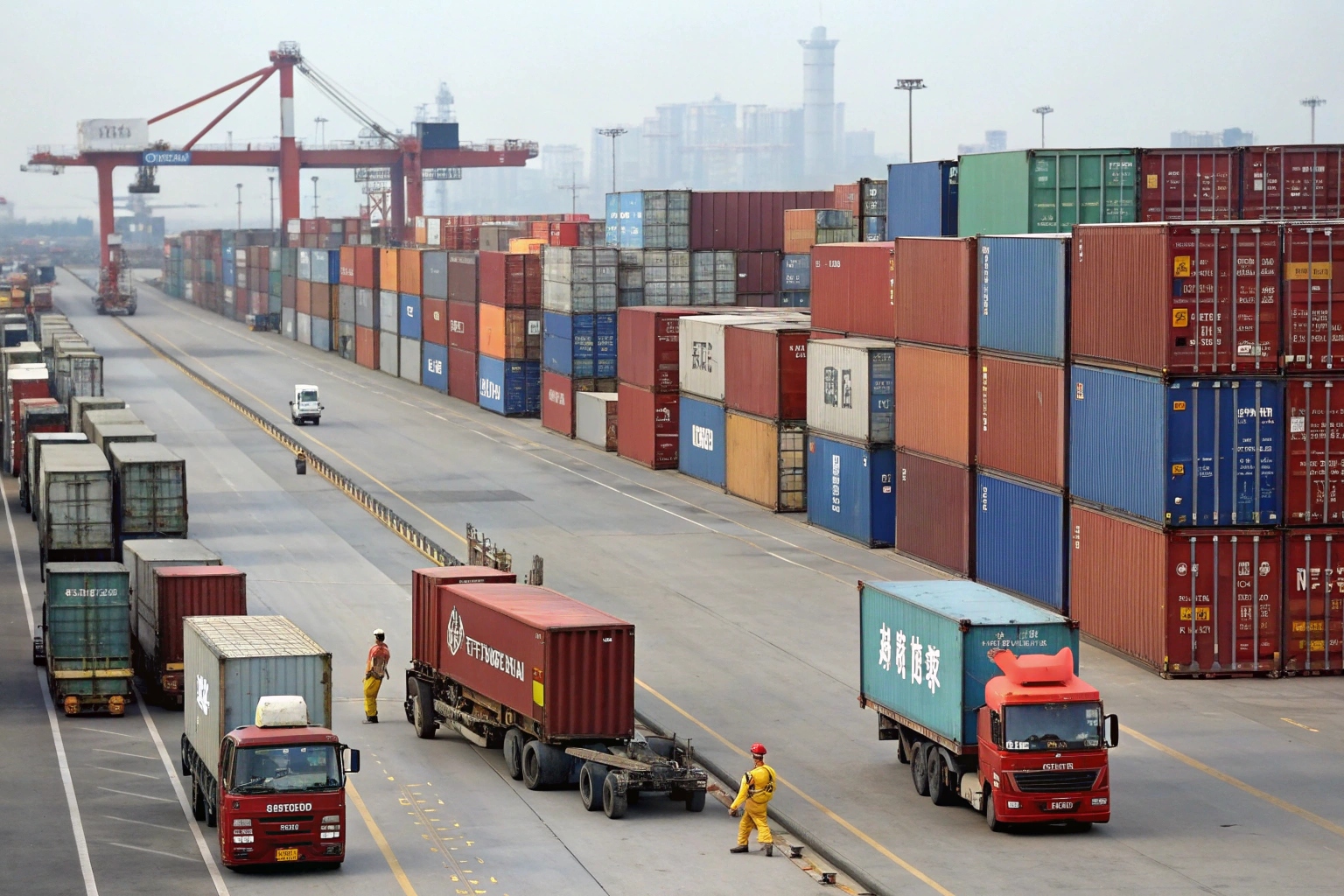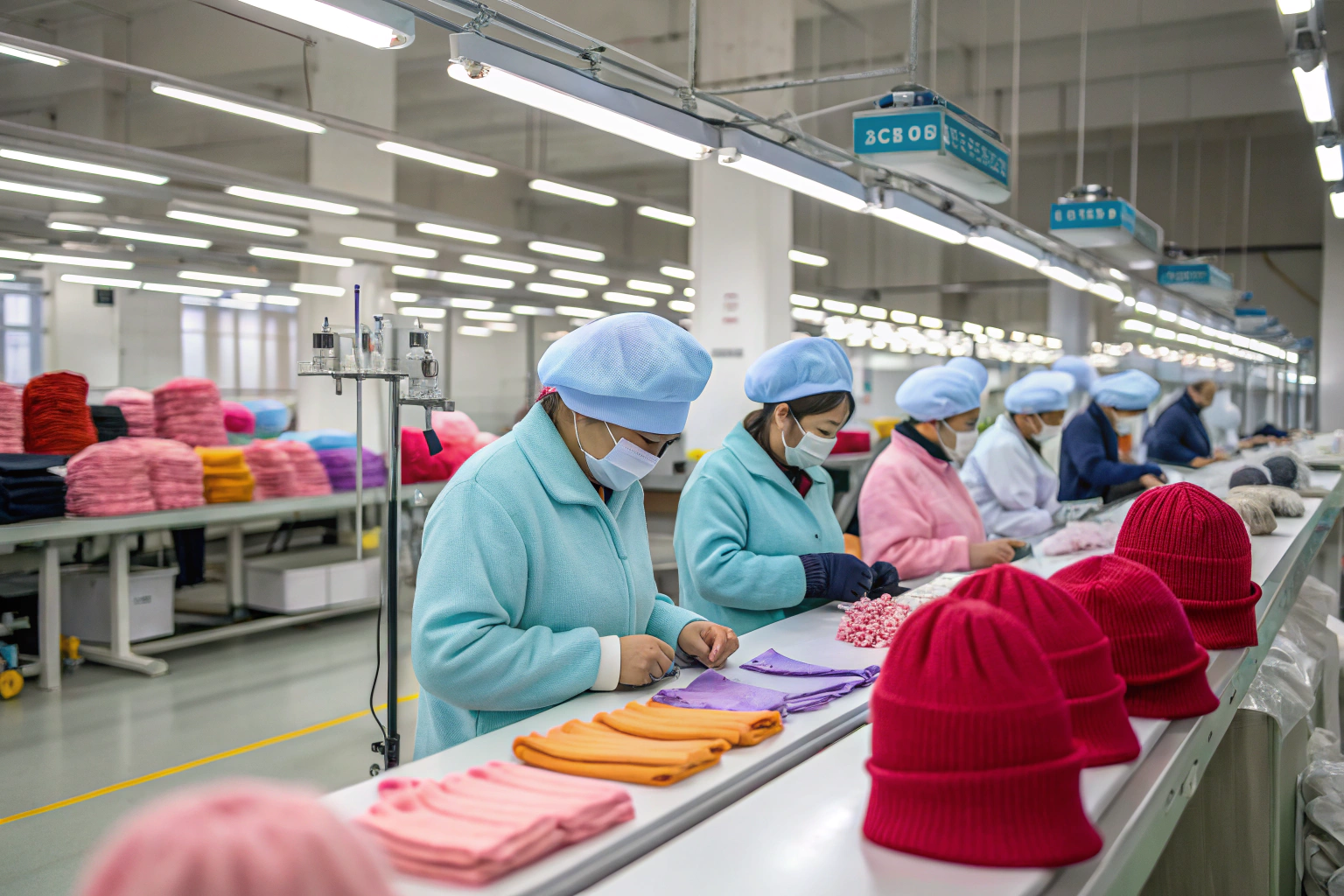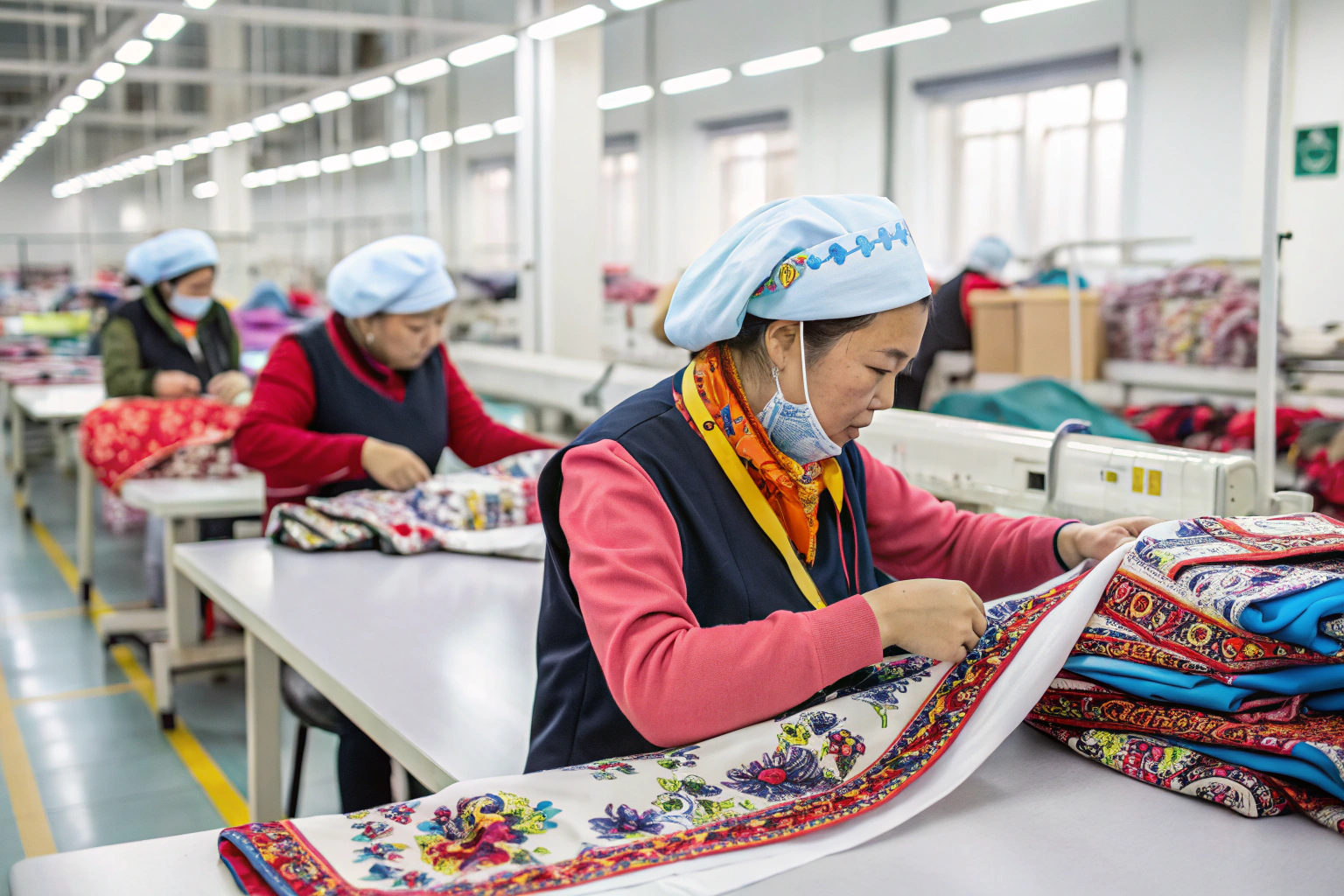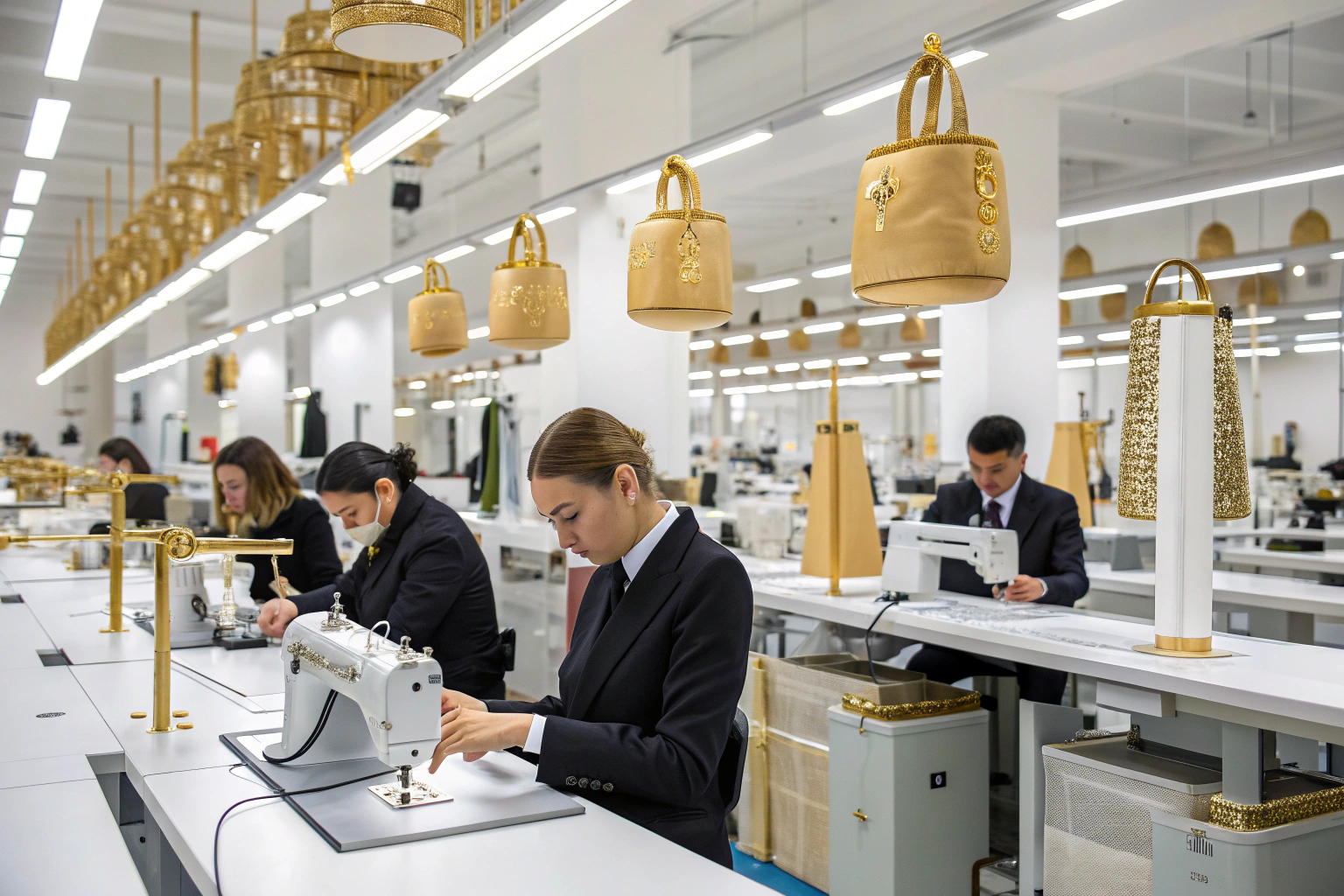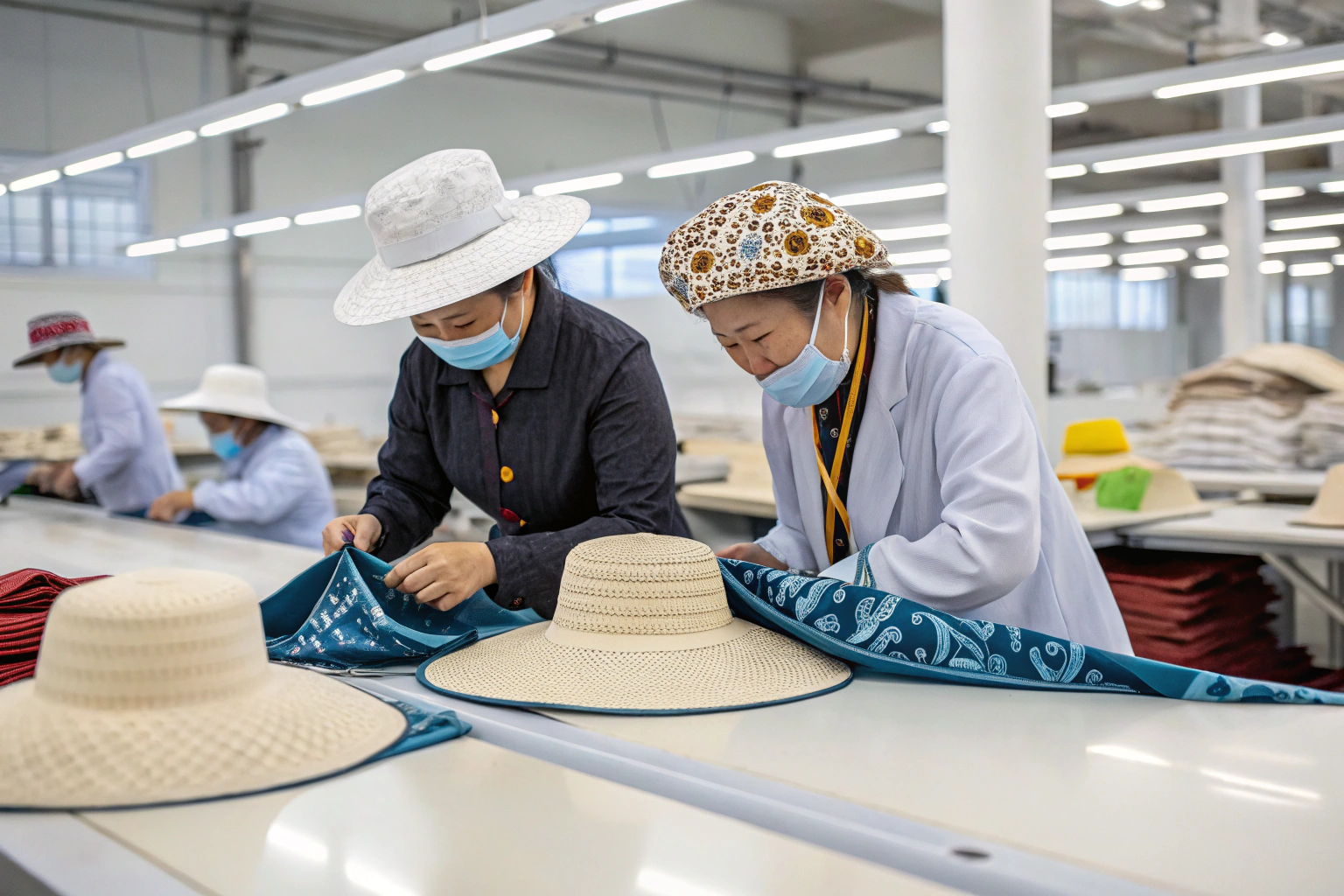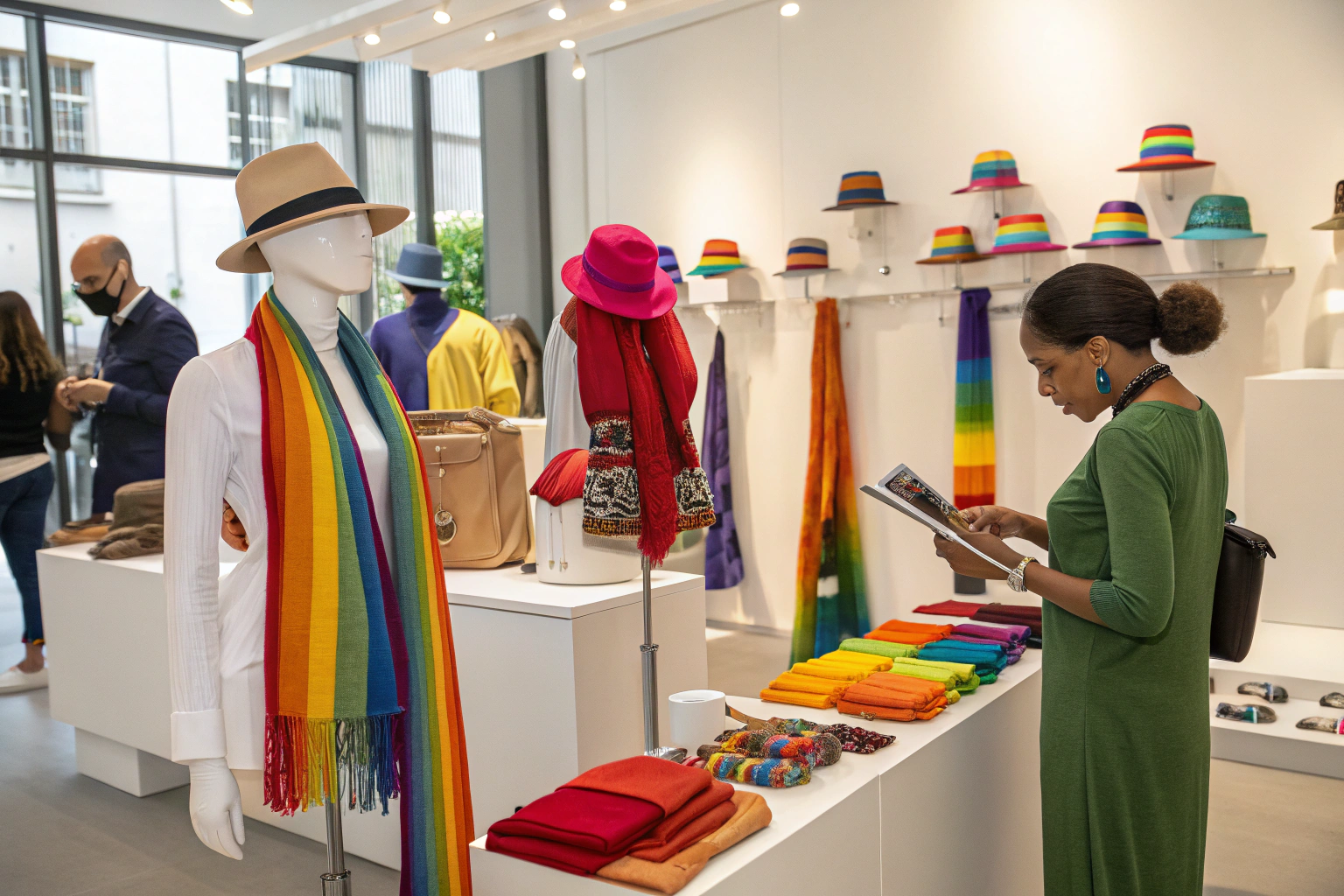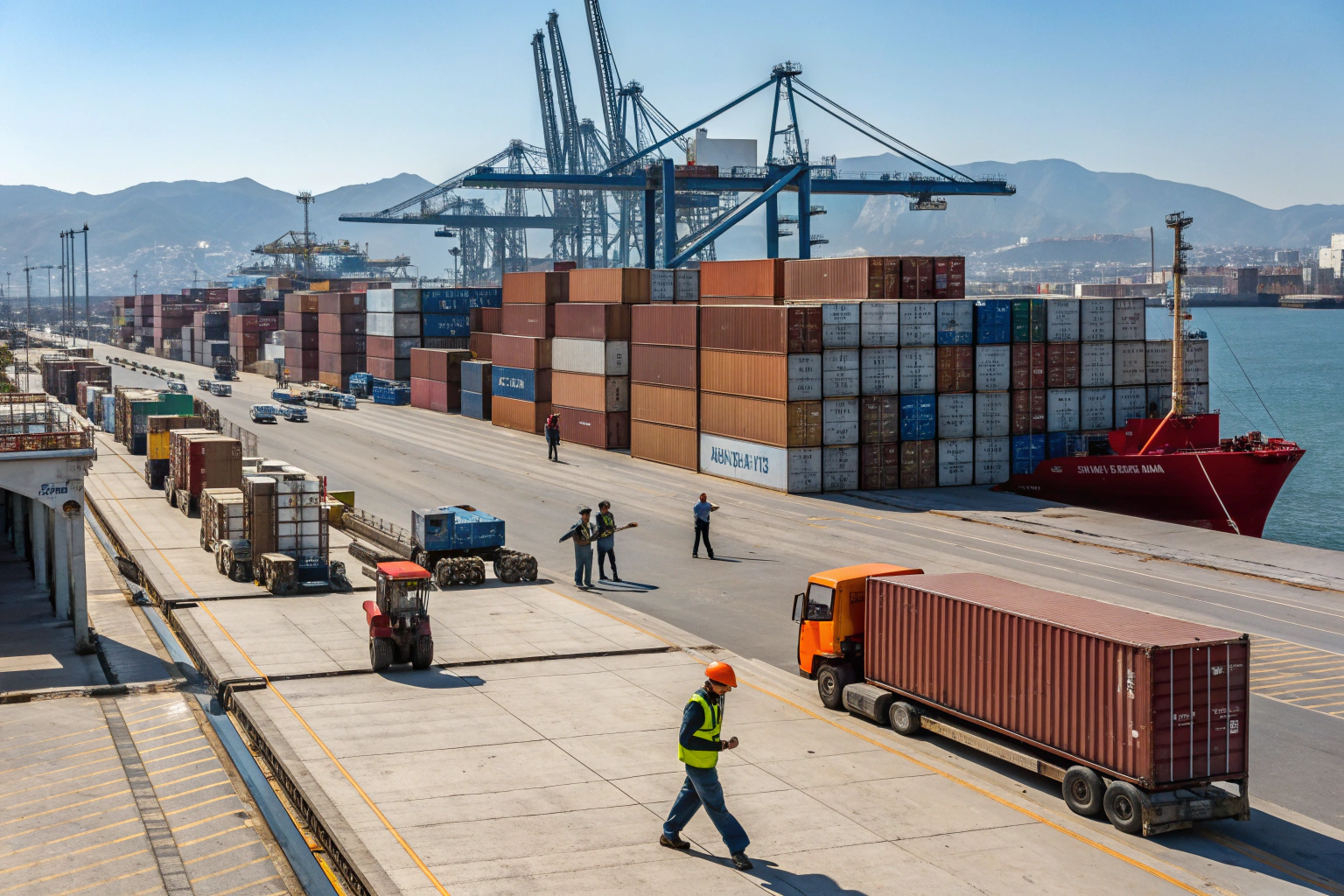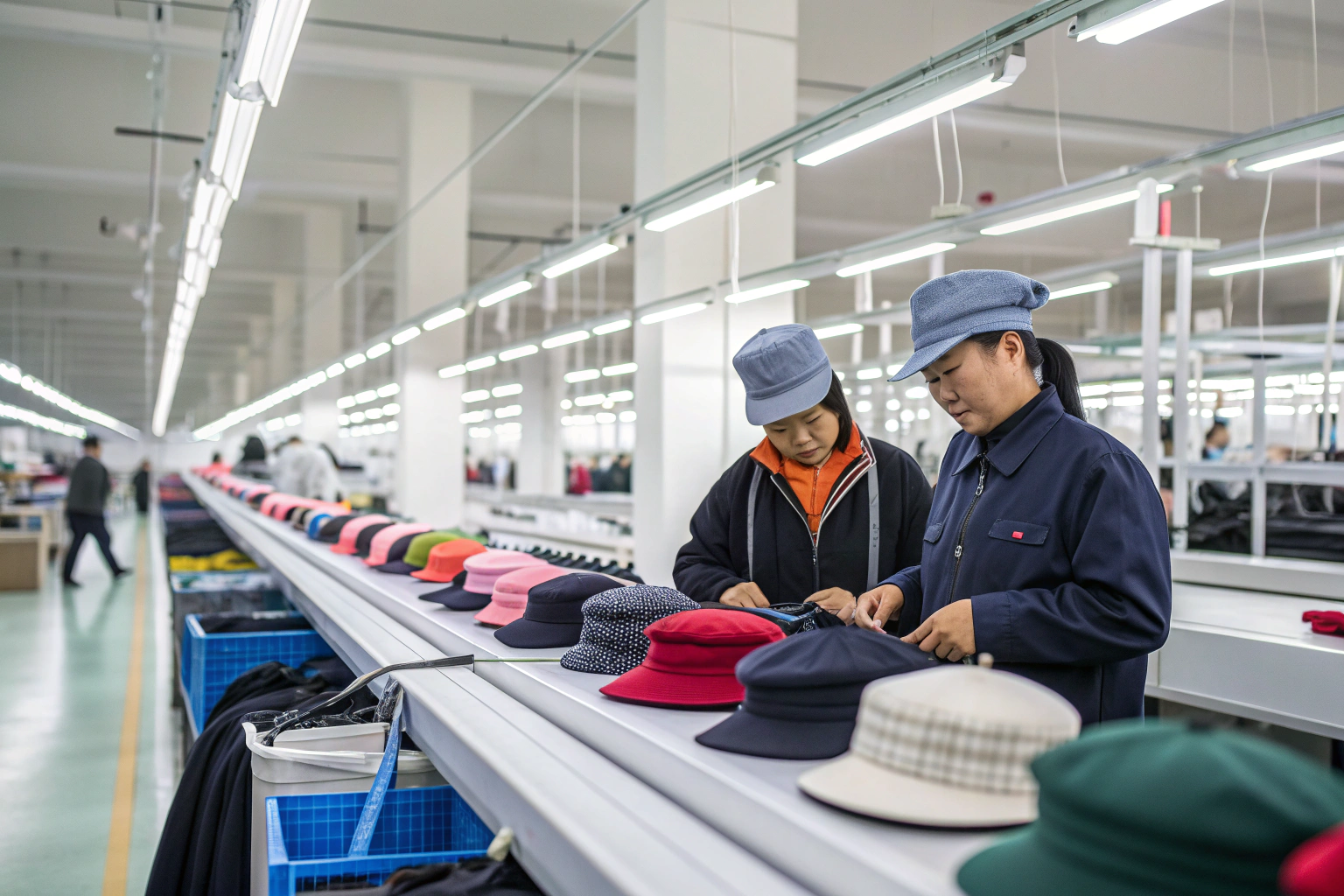Supply chain disruptions are becoming the new normal for importers. From port delays to container shortages and customs policy shifts, these interruptions impact costs, timelines, and customer satisfaction. At AceAccessory, as a seasoned manufacturer and exporter of accessories, we’ve helped global buyers navigate these challenges through clear strategies and contingency planning.
Handling disruptions requires proactive planning, strong factory relationships, agile logistics networks, and clear communication between all partners.
If you're importing accessories from China to the U.S. or Europe, it's critical to anticipate risks and prepare solutions before your supply chain stalls.
What Causes Supply Chain Disruptions in Accessories?
A disruption is often outside your control—but your reaction isn’t.
The most common causes of accessory supply chain disruption are port congestion, raw material shortages, production delays, and unexpected policy changes.
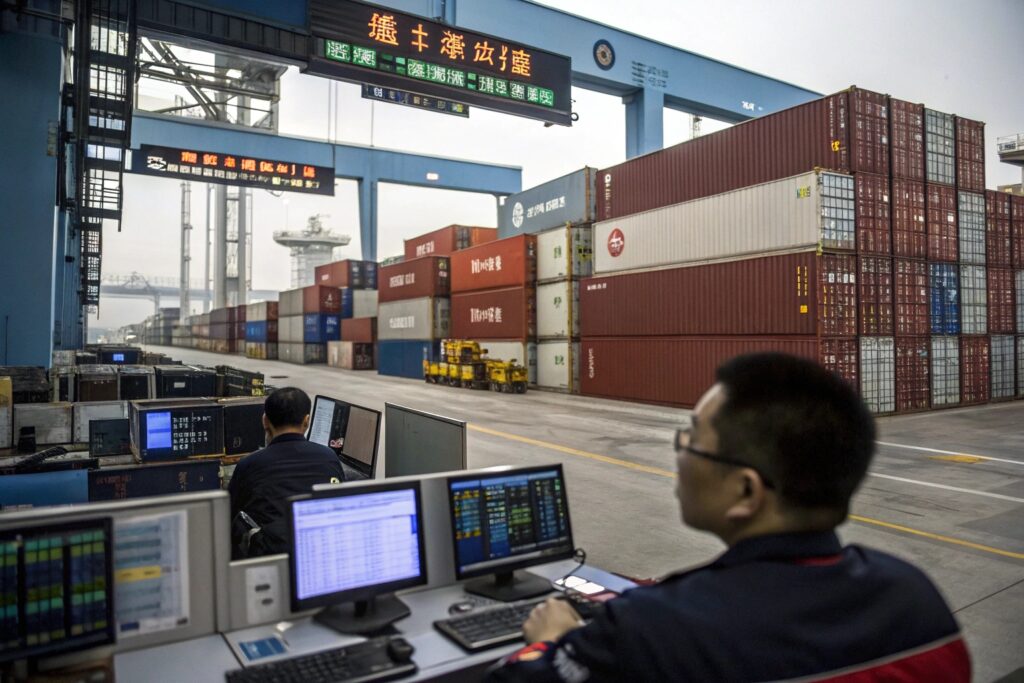
How Do Port Congestion and Container Shortages Affect Accessory Imports?
Port congestion—especially during peak seasons—can delay containers for weeks. In 2021, U.S. West Coast ports were overwhelmed, pushing container dwell times to record highs. Accessories like scarves and belts missed launch windows for major retailers.
On top of that, container shortages in Asia raised spot freight rates, sometimes by over 300%, as reported by Drewry World Container Index.
We counter this with multi-port options and early bookings with preferred forwarders to secure space and price.
How Do Raw Material Shortages Create Delays?
Hair clips need resin. Belts need PU or leather. Packaging needs paper. But in peak periods, these materials face shortages. For example, in 2023, rising global cotton prices affected scarf production timelines.
We track upstream signals like commodity trends through sources like Trading Economics and adjust sourcing windows and buffer stock levels. As a factory with in-house procurement, we control raw material intake and avoid dependency on volatile spot sourcing.
How Can Importers Minimize Disruption Risks?
Planning ahead isn’t optional anymore—it’s part of smart importing.
To minimize disruption, importers must diversify shipping routes, secure flexible suppliers, and set up real-time tracking systems.
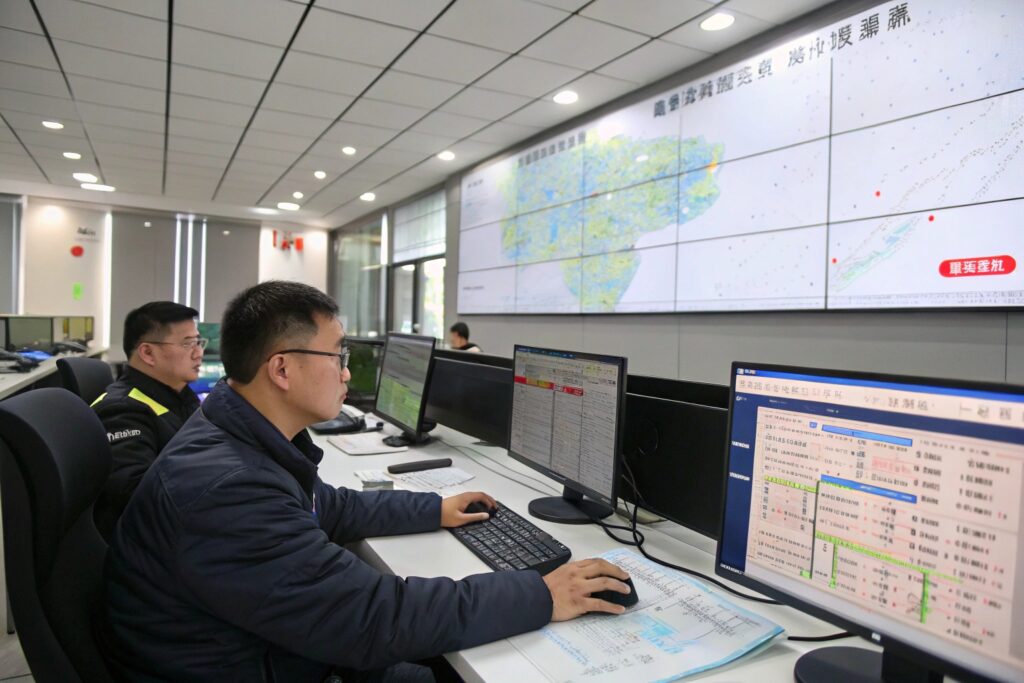
Can Alternate Ports or Routes Help?
Yes. When Shanghai faces delays, we use Ningbo or even Shenzhen. We analyze port efficiency data from sources like UNCTAD Port Liner Shipping Connectivity Index to choose alternatives.
In 2024, when weather disrupted north ports, we rerouted several shipments of winter gloves and hats via south ports—avoiding a 10-day delay. This agility comes from factory-level coordination with multiple forwarders.
Should Buyers Work with Flexible MOQs and Lead Times?
Absolutely. Buyers who lock into inflexible terms often miss shipment windows. We recommend buyers accept dynamic MOQ models and rolling lead times, especially for seasonal items like holiday scarves or summer caps.
Using systems like Anvyl or Shippeo, we communicate real-time changes in shipment readiness, allowing buyers to adjust marketing and retail planning in sync.
What Communication Strategies Help During Disruption?
When things go wrong, silence is your biggest enemy.
Clear, proactive, and fast communication with your supplier can prevent small issues from turning into major disruptions.
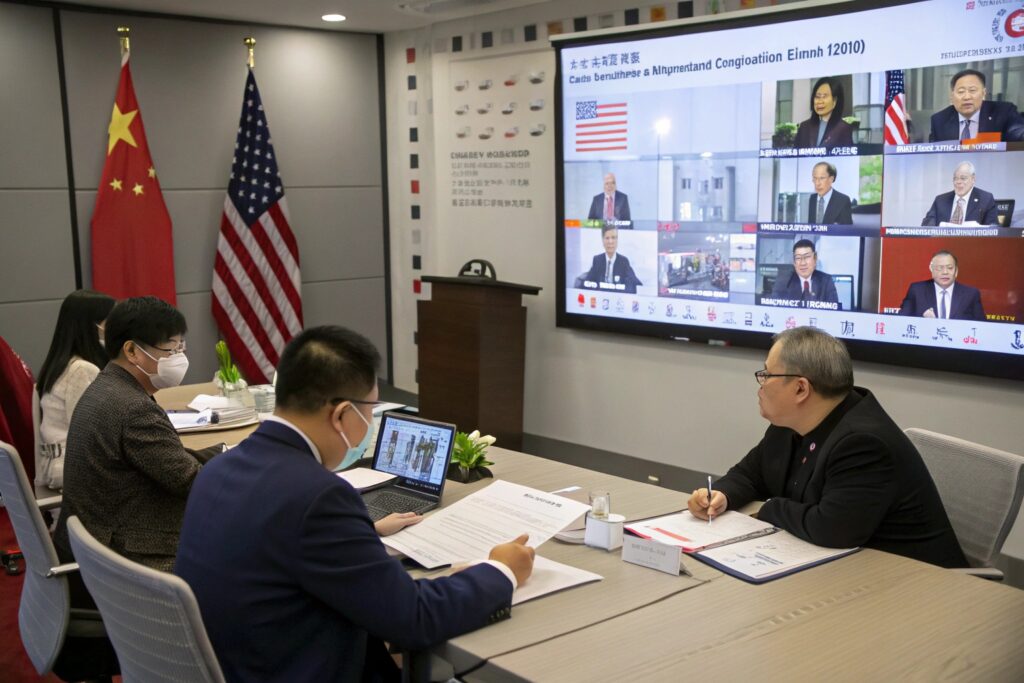
What Should Be Shared in a Disruption Scenario?
At AceAccessory, we immediately notify clients when delays happen. We include updated ETAs, alternative options (air vs sea), and new production schedules. We also share photos of completed goods to build transparency.
We encourage clients to use collaborative platforms like Trello or Slack for centralized updates. One of our U.S. clients even built a shared Google Sheet where we update status in real time.
Can Crisis Communication Actually Strengthen Partnerships?
Yes. In 2022, a typhoon disrupted our production site in Zhejiang. One of our large supermarket clients appreciated our real-time updates, quick insurance filing, and alternative packaging source proposal. That trust led them to expand orders the following quarter.
When your factory is transparent and takes responsibility, disruption becomes a shared challenge—not a deal-breaker.
How Do Strong Supplier Relationships Help?
In a disrupted world, who you partner with matters more than ever.
A trustworthy, organized supplier with in-house capabilities can reduce disruption impact and offer solutions fast.
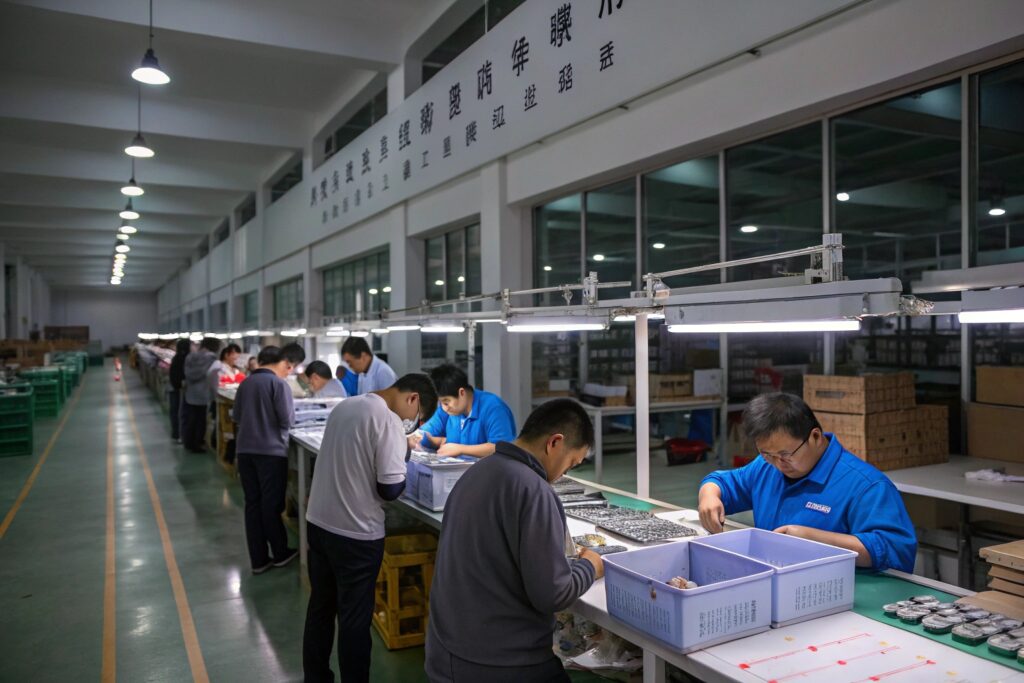
Can Factories Prioritize Loyal Clients During Crisis?
Yes. When raw materials are short or freight prices spike, factories often prioritize long-term clients. Our clients with consistent orders get earlier slots, more accurate updates, and first access to critical materials.
We log every client's sourcing history using tools like Zoho Inventory to ensure that VIP clients receive priority attention.
Does Vertical Integration Improve Control?
Definitely. We own our sample room, packaging department, and quality inspection lines. When third-party vendors fail, we step in directly. For example, when a gift box vendor delayed for a holiday promotion, our packaging unit completed 12,000 pieces in 4 days.
By vertically integrating R&D and quality teams, we avoid delays common in outsourced supply chains. Our clients know that once we accept an order, we control it from A to Z.
Conclusion
No one can eliminate supply chain disruptions—but you can control how much they hurt your business. At AceAccessory, our combination of planning, flexibility, in-house capability, and proactive communication allows us to shield our clients from the worst impacts.
Importing accessories into the U.S. or Europe doesn’t need to feel like a gamble. With the right factory partner, the risks become manageable, and your operations stay on track—even in uncertain times.

